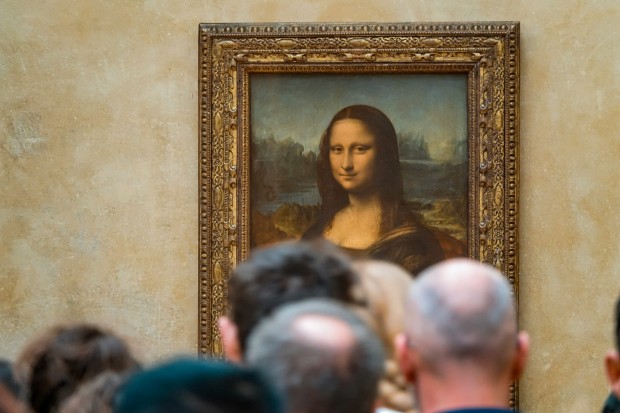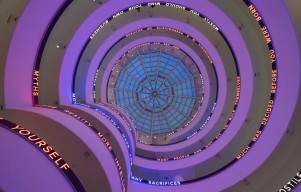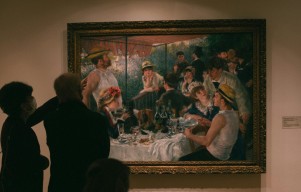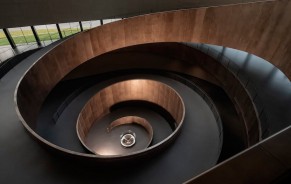
(Photo: unsplash.com/@thefreebirds)
Furthermore, tourists sometimes find themselves discovering a new mindset while standing and waiting in long lines to see the Mona Lisa by Leonardo da Vinci, with its complex combination of expectation and irritation. These things may turn countless people to avoid the long lines in front of the mirror room; however, millions of others join the pilgrimage to see the universe's most well-known masterpiece. However, criticism of the viewing experience has intensified in recent years, prompting the Louvre to contemplate a radical solution: resettling the painting "Mona Lisa" into an underground vault.
Challenges in Viewing Conditions
The painting is shielded by bullet-proof and antireflective protective glass. The conditions at the gallery are concerning since they are not conducive to adequate visual perception. In response to the public's frustration, Louvre director Laurence des Cars has proposed relocating the painting to a dedicated room in the institution's basement. Vincent Delieuvin, the Louvre's chief curator of 16th-century Italian painting, acknowledges the challenges of the current setup, where the Mona Lisa is often perceived as a distant spectacle behind its security glass.
The Impact of Mass Tourism
The proposal to move the Mona Lisa reflects the Louvre's recognition of the evolving demands of mass tourism and the impact of social media on cultural phenomena. Nine million visitors a year pour in, and sometimes the painting attracts up to 250,000, an almost impossible figure that even the current gallery cannot hold. After efforts to produce a better environment, such as repainting gallery walls and restructuring the queuing system, were implemented, none of these measures found perfection to prevail over the massive interest of the crowd.
Also Read: Liverpool Museum Seeks to Uncover the Identity Behind 'The Black Boy' Portrait
The Grand Louvre Project
Moving the Mona Lisa is situated in a greater framework of the strategic plan for the Louvre's future, encompassing a monumental project called "Grand Louvre." This deliberate endeavor should cost 500 million to lure more people to the museum and adapt to the changing dynamics of cultural consumption. We must acknowledge, though, the financial constraints considering that the French government aims to cut public expenditures while the economy suffers from numerous uncertainties.
Responding to Public Outcry
The Louvre not only confronts the challenges of logistics and finance but goes a step further by maintaining the Mona Lisa's supremacy worldwide while simultaneously responding to the public uproar about the inadequacy of the viewing conditions. An underground chamber, as a part of the project, reflects the desire of the institution, which is the sign that it's ready to be receptive to the requirements of modern tourists and will have respect for the painting's cultural value in a digital age.
The company's future relocation did not go without opposition. The Mona Lisa is also criticized—for example, there has been a recent incident where activists splashed the painting with pumpkin soup. Even though the work of art survived this incident after massive damage, this catastrophe again started the conversation that one should offer more accessibility or conservation regarding cultural heritage.
The Louvre, besides the relocation of the Mona Lisa, faces the thorny issues about whether there exists an articulation between music, tourism, and legacy protection. That is not to say that the debate will impact the future of the world's most renowned painting and the kind of museum guidelines in the age of massive worldwide tourism and digital networking.
Related Article: Google Doodle Celebrates Labor Day 2024: Commemorating Workers' Dedication and Contributions Worldwide


















